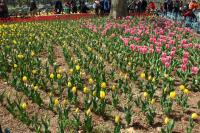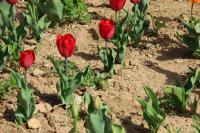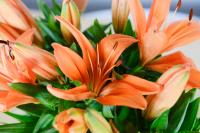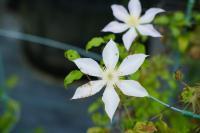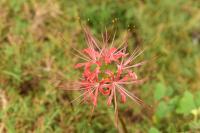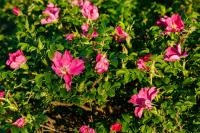1、 Plant introduction
Ginkgo biloba is a deciduous tree of gymnospermae, ginkgo class, ginkgo order, ginkgo family and ginkgo genus. It is also known as white fruit tree or Gongsun tree. It only exists in China and is very precious. It is known as a living fossil. This plant is an endangered species, so it must not be destroyed in the wild. In addition, it has many varieties, including Dongting emperor, little bergamot, duck tail ginkgo, Buddha finger and so on.
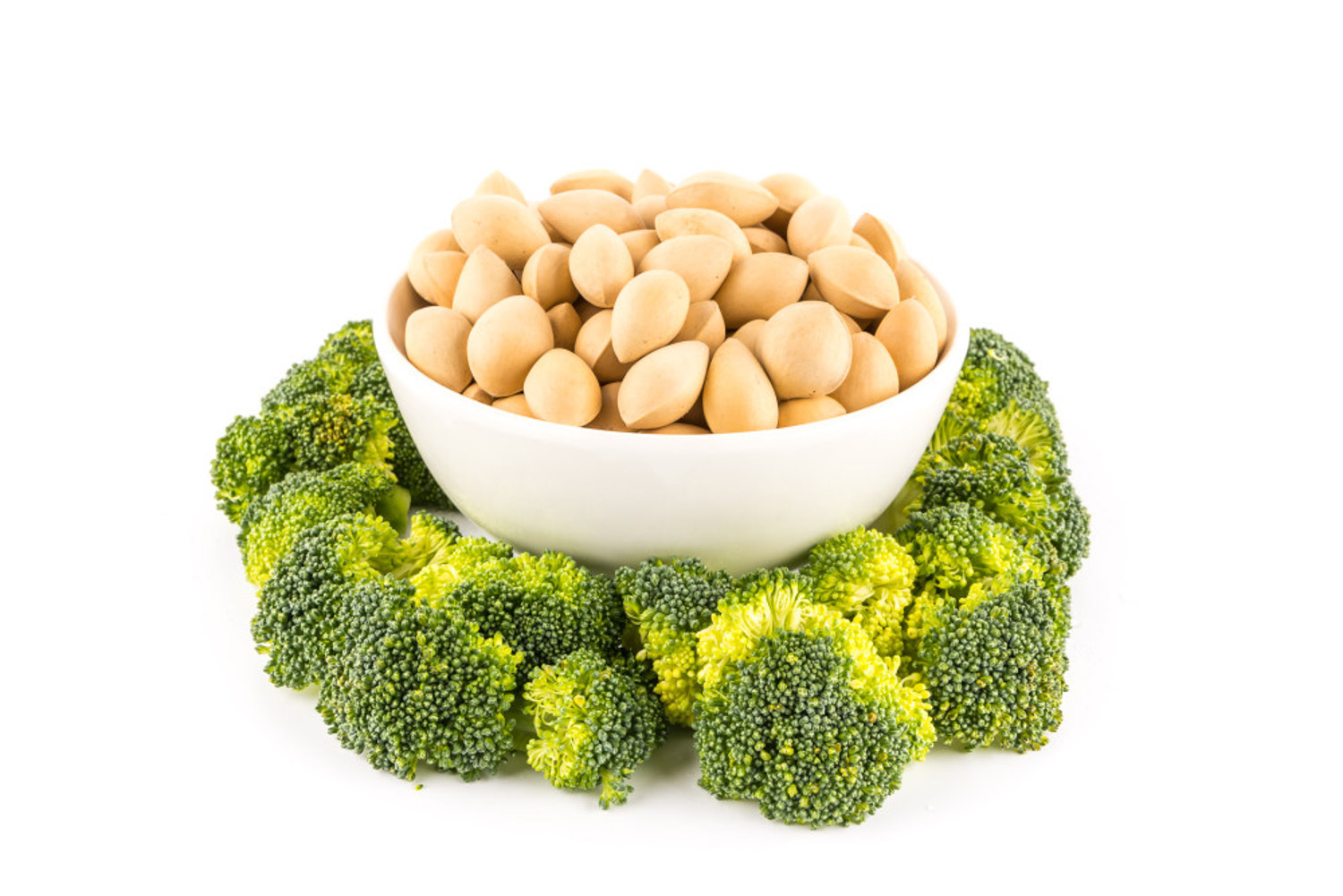
2、 Morphological characteristics
Ginkgo biloba is a tree with a height of about 40 meters. Its bark is grayish brown and its surface is rough. Its crown is conical and its branches rotate. Its new branches are light brown yellow and its old branches are gray. The leaves are fan-shaped, the petiole is very long, the color is light green, the surface is hairless, and turns yellow in autumn. Its Strobil is dioecious. The female Strobil contains seeds and usually matures from September to October.
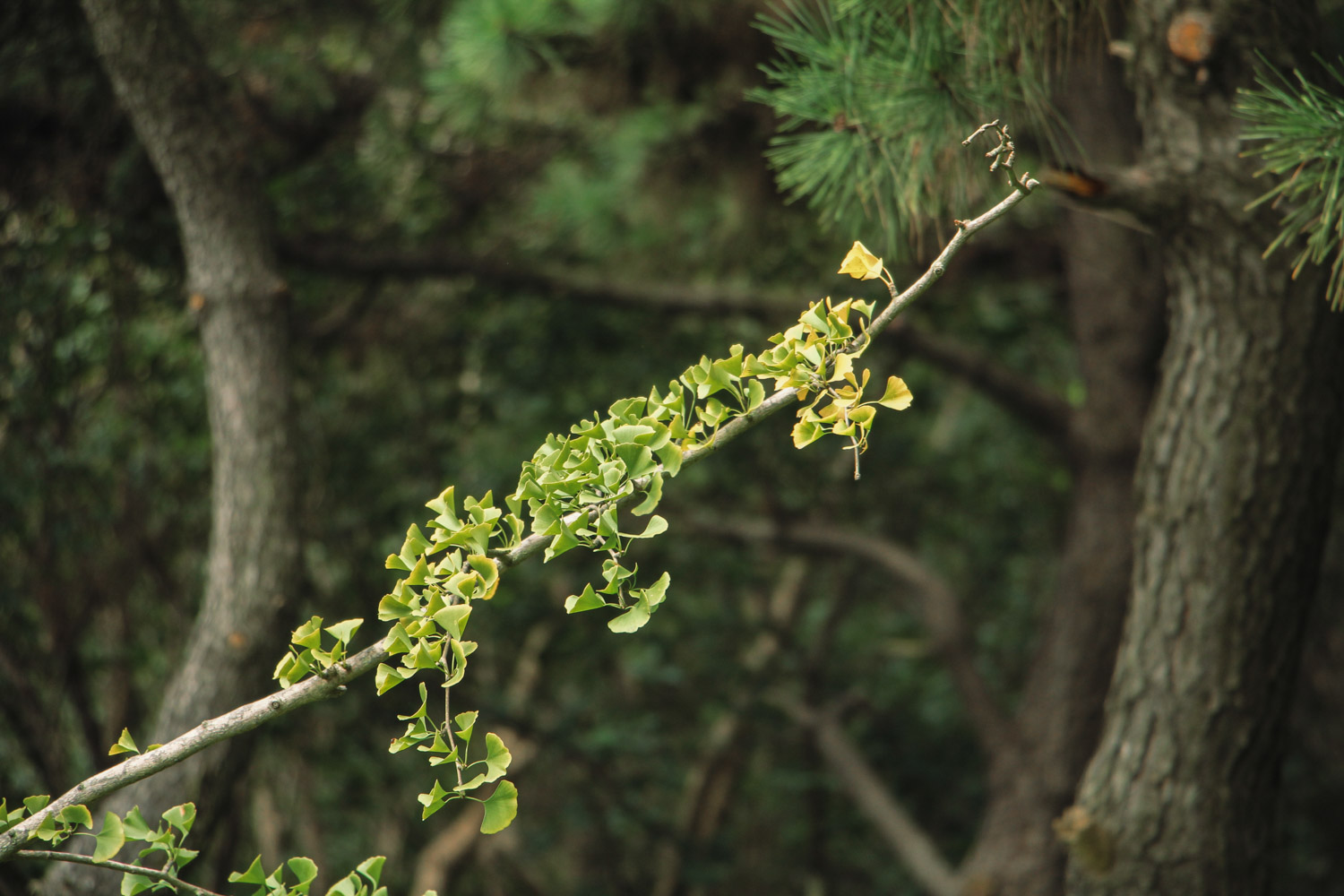
3、 Growth habit
Ginkgo biloba is a plant that likes light. It has strong adaptability to climate and soil. It can develop in areas with high temperature and rain, scarce rainfall, or severe cold in winter, but its growth speed is relatively slow. It generally grows in warm and humid places below 1000 meters above sea level. The soil layer is deep, loose, fertile and well drained, which is helpful for its growth.
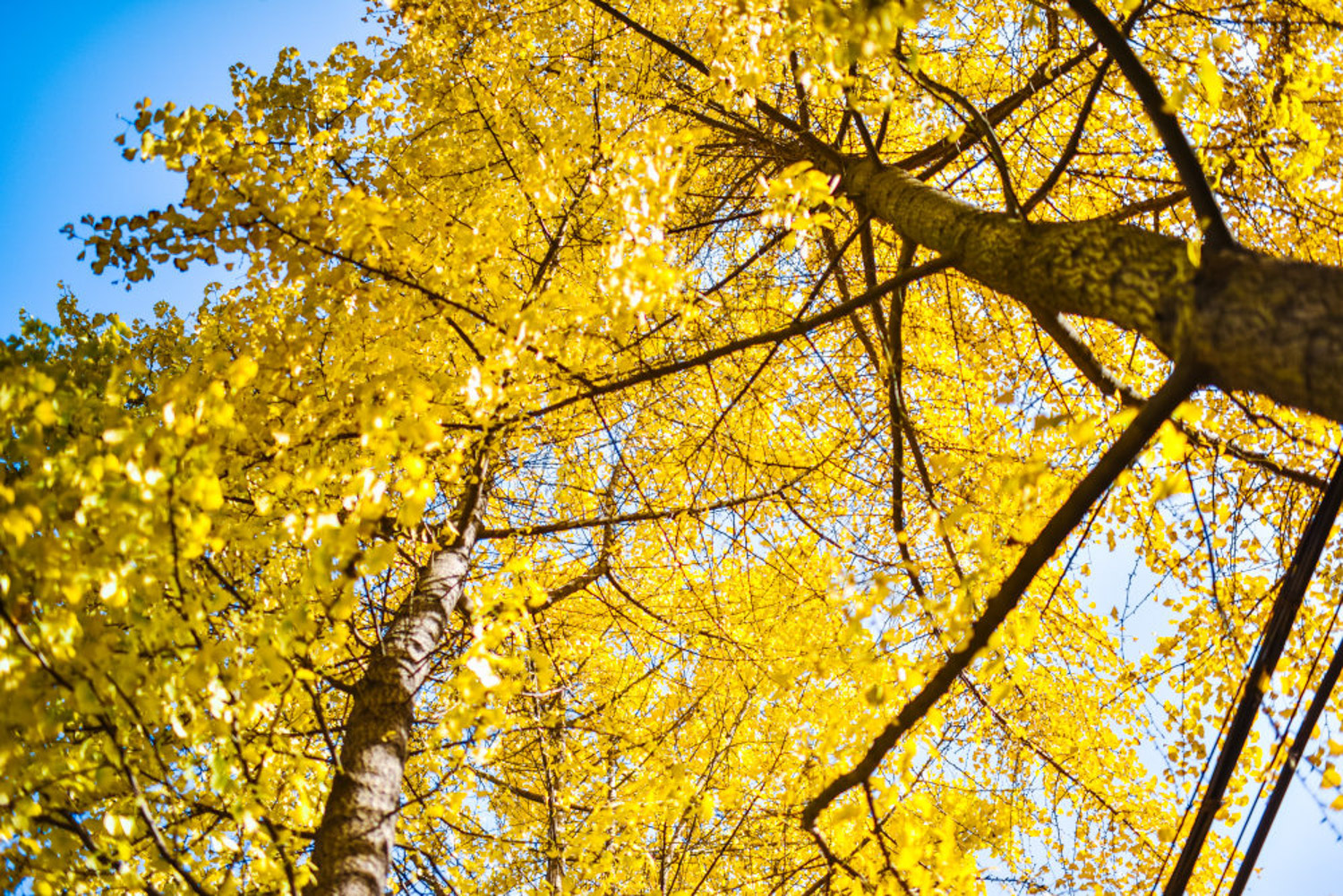
4、 Distribution range
Ginkgo tree is a specialty of China, and wild trees are only found in Tianmu Mountain, Zhejiang Province. It is generally mixed with coniferous and broad-leaved trees such as Cryptomeria fortunei and Torreya grandis. Due to its strong adaptability, it is cultivated in many places in China, from north to northeast and south to Guangzhou. It is usually used to produce seeds or as a garden tree species.

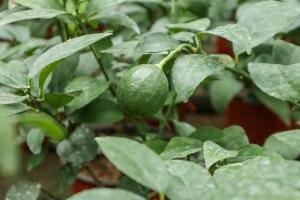 The efficacy and fun...
The efficacy and fun...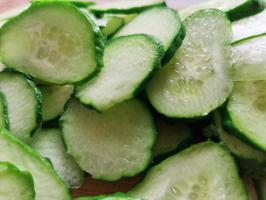 The efficacy and fun...
The efficacy and fun...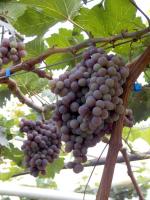 The benefits of eati...
The benefits of eati...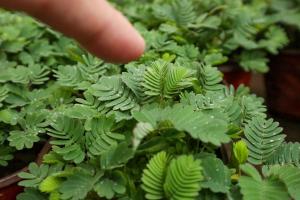 Why is Mimosa called...
Why is Mimosa called...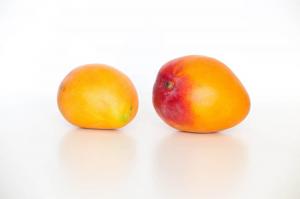 What can't mango be ...
What can't mango be ...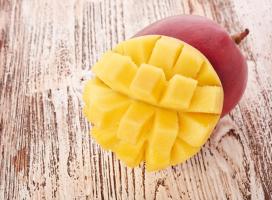 The efficacy and fun...
The efficacy and fun...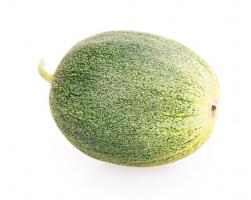 Is watermelon a frui...
Is watermelon a frui...



























